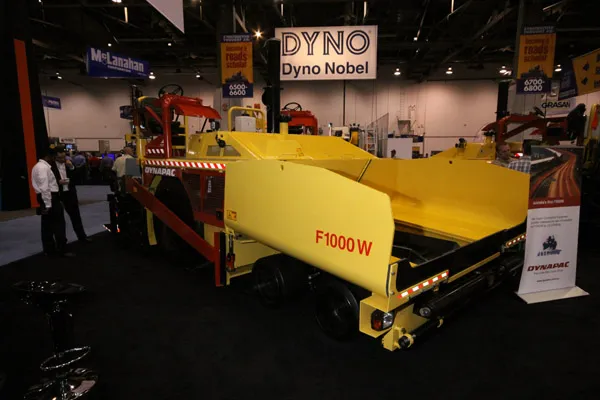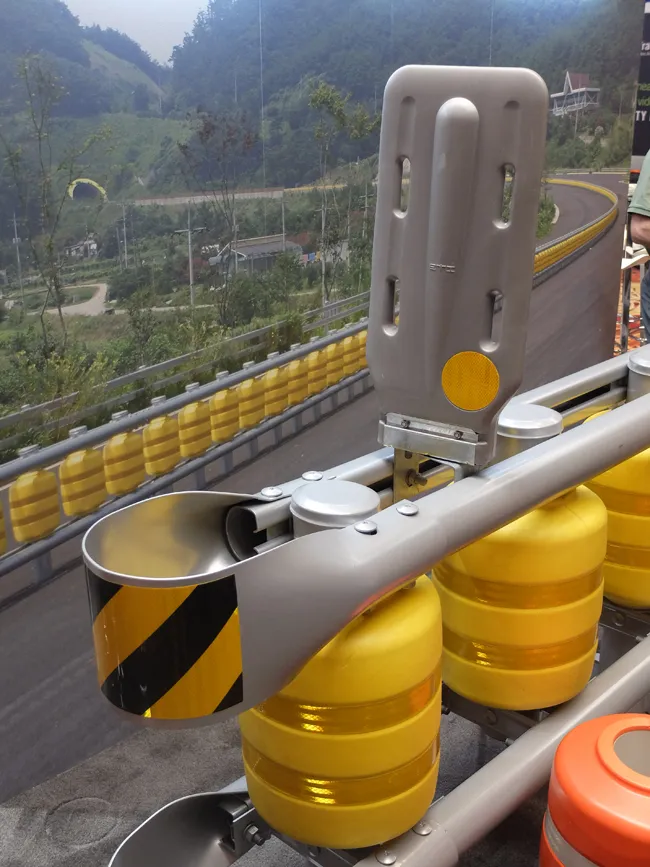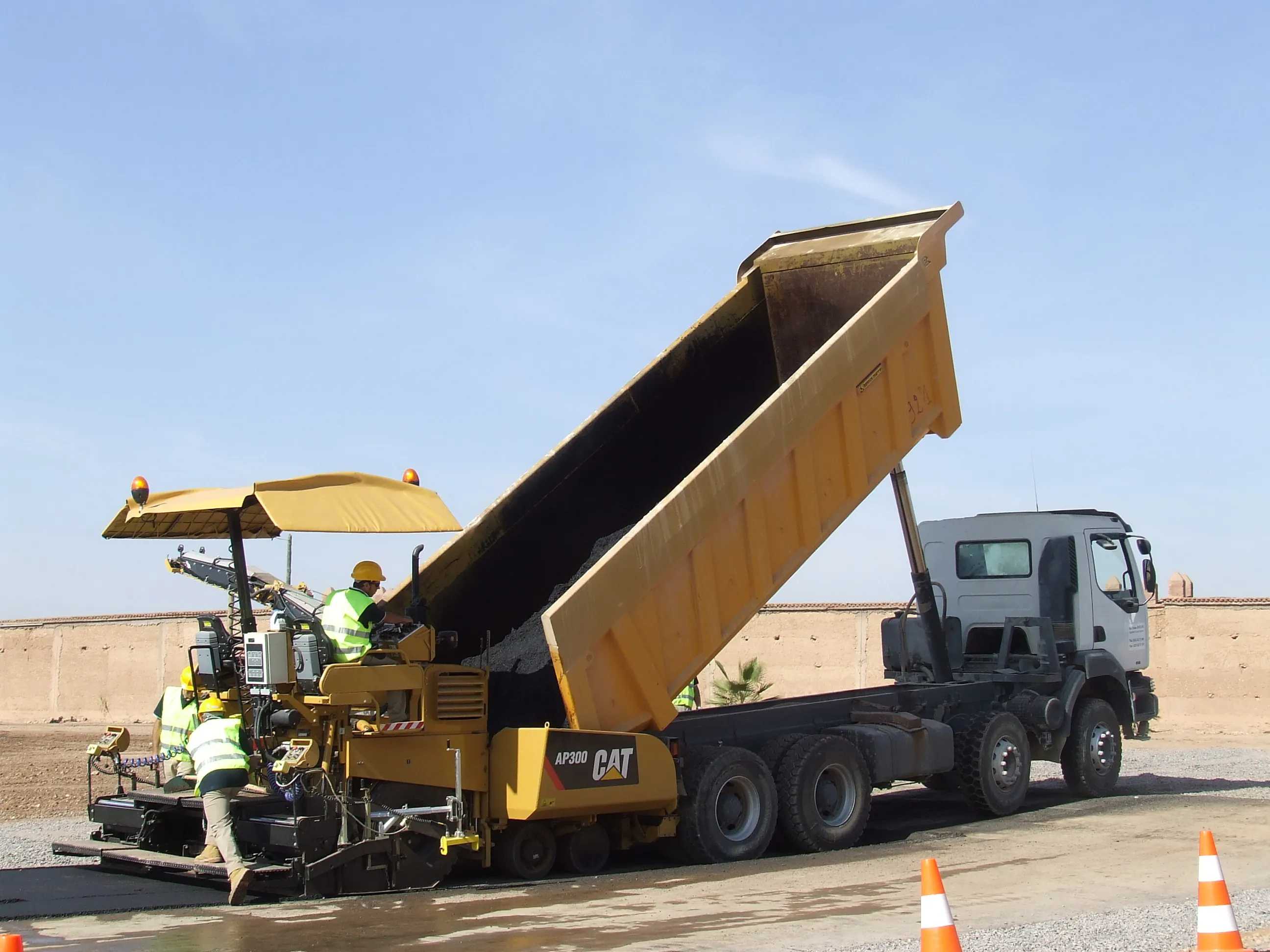It also has a technically permissible axle load of around 15.5tonnes and a deck profile of only 200mm for the flatbed, putting it slimmest on the market, according to Goldhofer. Chassis design of the STZ series features a combination of extremely wide excavator recesses and relatively short bogies.
Goldhofer’s pendular axle technology has precision-calculated geometry of the axle suspension for free oscillation of the wheelsets. The creates optimum distribution of the load to all the tyres and perfect leveling in uneven terrain. A steering angle of up to 65° rounds off the benefits with perfect manoeuvrability, the company says. In order to keep maintenance costs to a minimum, axle suspension is available with a choice of tapered roller or compact bearings to meet customers’ individual requirements in terms of mileage and maintenance intervals.
With the STZ-VP (285), the STZ family now has a version that can handle much heavier loads thanks to the bigger tyres and a maximum fifth-wheel load of 47tonnes.
Gold star for Goldhofer’s STZ-VP (285) loader semi-trailer
The latest addition to Goldhofer’s STZ-VP family is the “big boy”, whose 285mm tyres makes it the company’s loader semi-trailer with the highest load-carrying capacity. It has proven pendular axle technology available in configurations between three and 10 axles as well as a choice of decks - vessel bridge, crawler deck and flatbed.
It also has a technically permissible axle load of around 15.5tonnes and a deck profile of only 200mm for the flatbed, putting it slimmest on the market, according to Goldhofer
April 17, 2018
Read time: 2 mins
The latest addition to 1449 Goldhofer’s STZ-VP family is the “big boy”, whose 285mm tyres makes it the company’s loader semi-trailer with the highest load-carrying capacity. It has proven pendular axle technology available in configurations between three and 10 axles as well as a choice of decks - vessel bridge, crawler deck and flatbed.









